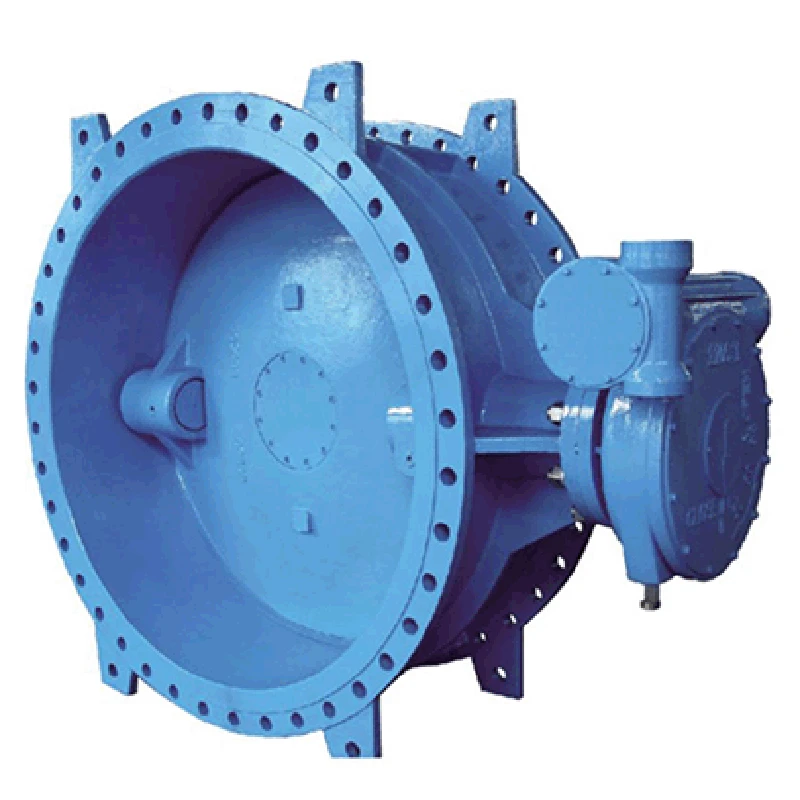Oct . 30, 2024 14:59 Back to list
water swing check valve
Understanding Water Swing Check Valves Functionality and Importance
Water swing check valves play a crucial role in various fluid control systems, ensuring the proper flow of water while preventing backflow. These valves are commonly used in water supply systems, irrigation, and drainage applications. Understanding how they work and their importance in fluid mechanics can aid in better decision-making regarding their application.
What is a Swing Check Valve?
A swing check valve is a type of one-way valve that allows fluid to flow in one direction and automatically closes when the flow reverses. The valve's mechanism consists of a disc or a swing arm that pivots on a hinge. When water flows in the intended direction, the disc lifts, allowing uninterrupted passage. However, if the flow attempts to reverse, the disc closes due to gravity or backpressure, preventing any backflow.
Key Features and Benefits
1. Simple Mechanism The design of swing check valves is relatively straightforward. Their simplicity often leads to lower installation and maintenance costs compared to more complex valve types.
2. Minimal Pressure Drop Due to their unobstructed design when open, swing check valves typically exhibit lower pressure drops compared to other check valve forms. This ensures efficient fluid dynamics within the system.
3. Durability Made from robust materials such as brass, bronze, or stainless steel, these valves can withstand various environmental conditions. This durability makes them suitable for prolonged usage in demanding applications.
water swing check valve

4. Versatility Swing check valves can be utilized in a variety of industries, including municipal water systems, agricultural irrigation, and industrial processes. Their versatility makes them a popular choice for engineers and system designers.
Applications of Water Swing Check Valves
In residential plumbing, swing check valves are often installed in water supply lines to prevent backflow that could lead to contamination of the potable water supply. In industrial settings, these valves can prevent flow reversal, which might damage equipment or create unsafe conditions. Additionally, in irrigation systems, they help maintain the flow of water to crops while preventing backflow that could lead to flooding or system overload.
Considerations for Installation
While swing check valves offer many advantages, careful consideration must be given during installation to ensure optimal performance. The valve should be positioned in a location where backflow is likely to occur, and its orientation must match the flow direction indicated on the valve body. Improper installation can lead to significant operational issues, including valve failure and potential damage to the system.
Conclusion
Water swing check valves are an essential component of effective water management systems. Their ability to prevent backflow, combined with their durability and efficiency, makes them a popular choice across various applications. Understanding their functionality and proper installation will ensure long-lasting performance and contribute to the overall reliability of fluid transport systems. Whether in a residential plumbing setup or an industrial water treatment facility, the role of swing check valves cannot be underestimated in maintaining the integrity and efficiency of water systems.
Share
-
Reliable Wafer Type Butterfly Valves for Every IndustryNewsJul.25,2025
-
Reliable Flow Control Begins with the Right Ball Check ValveNewsJul.25,2025
-
Precision Flow Control Starts with Quality ValvesNewsJul.25,2025
-
Industrial Flow Control ReliabilityNewsJul.25,2025
-
Engineered for Efficiency Gate Valves That Power Industrial PerformanceNewsJul.25,2025
-
Empowering Infrastructure Through Quality ManufacturingNewsJul.25,2025